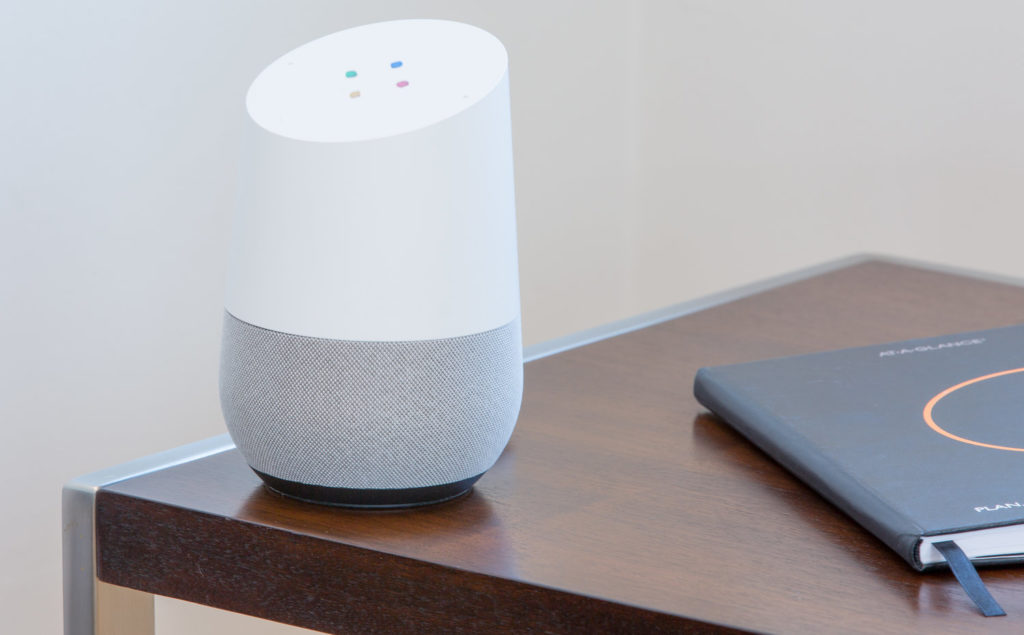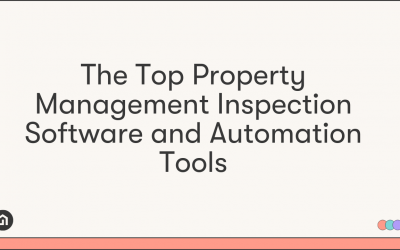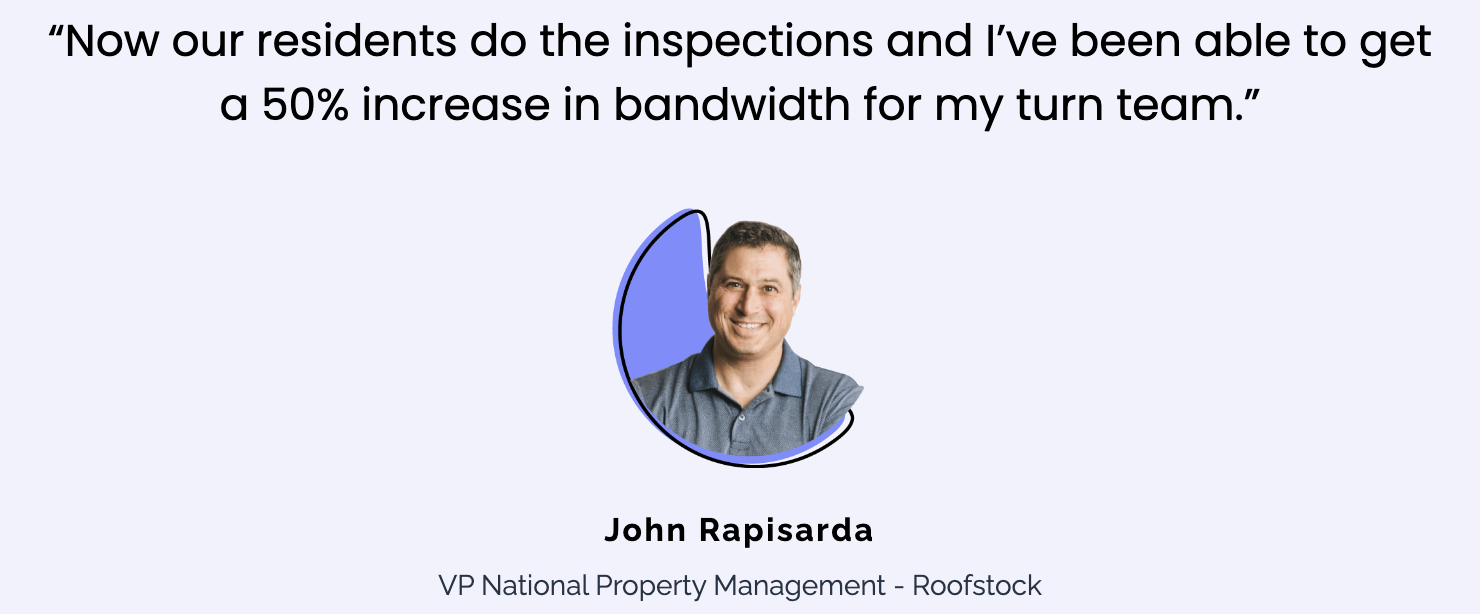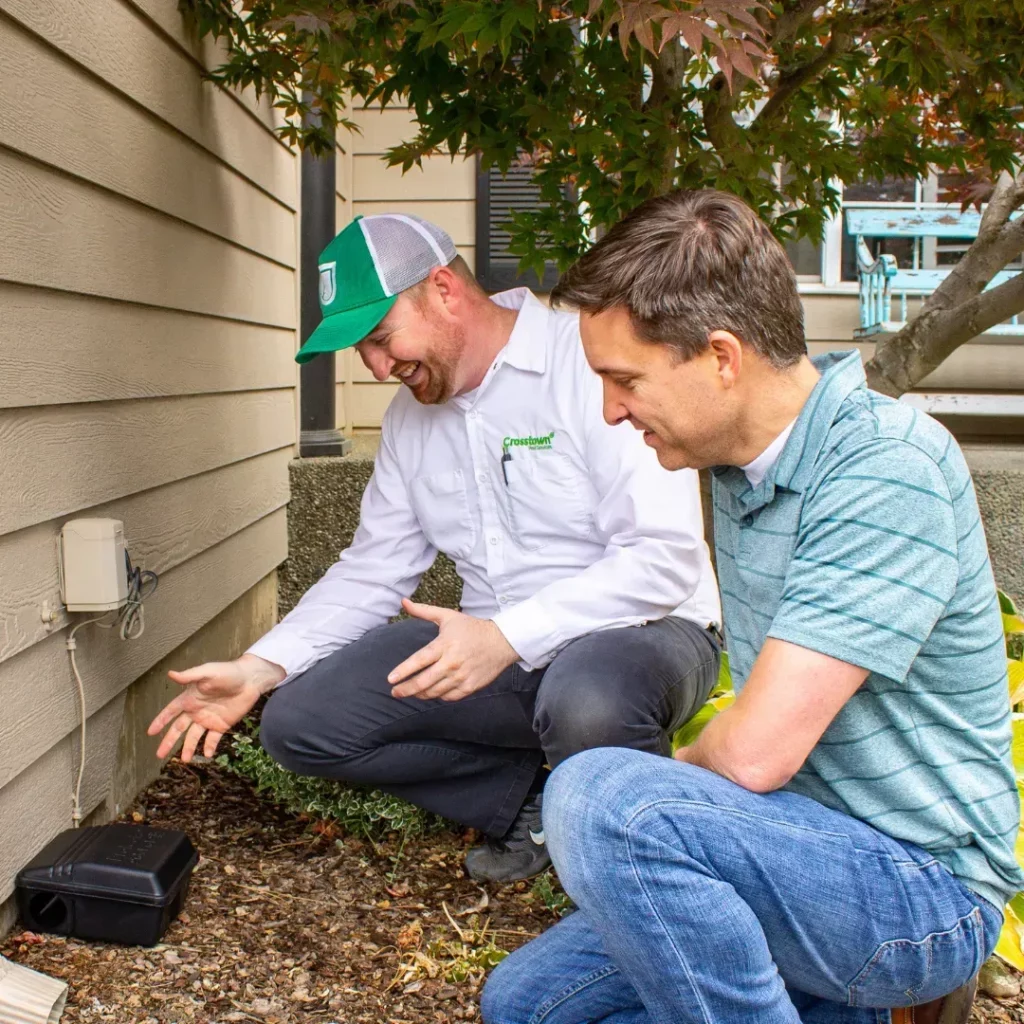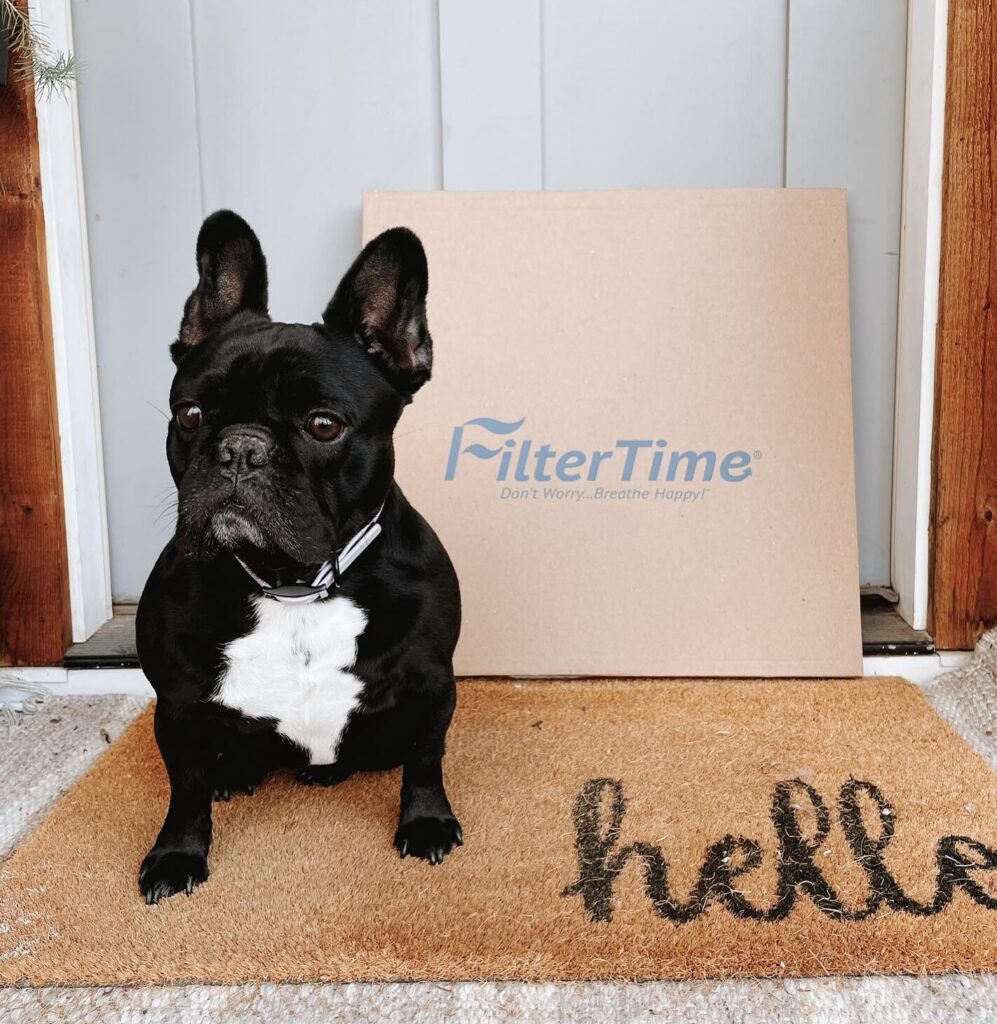The people at Zillow are at the top of the game in regards to data-driven insights regarding the residential leasing and property markets. The good people doing the data crunching see a J-curve trend of rental properties getting on board using the Web of Things and providing Internet connectivity among devices within a house.
The Internet of Things is constituted of appliances and devices with onboard detectors that link them to smartphones, computers, the world wide web, and every other device that can connect.
It means that using a few swipes of their smartphone homeowners and apartment dwellers can perform everything from brewing an espresso to tracking pets to getting alerts from the refrigerator when it is running low on eggs. And of course, as a property manager, you may be thinking about phone alerts for leak detection, preventative maintenance, hvac filter replacements, etc.
To put it differently, some IoT (Internet of Things) devices are for convenience, but many provide practical application to rental properties as well..
Connected Homes Come Into Their Own
Do you remember watching “The Jetsons?” They had a smart home. In many ways, the smart homes of today aren’t so different.
For property managers and landlords seeking to entice tenants that are gadget-hungry, convenience-minded — and willing to pay for a premium lease — converting components into smart devices is a no-brainer. There is value in the convenience and equipping a home with IoT devices isn’t cost restrictive. In fact, you’re likely to break even on a full outfit of IoT devices within your first couple months of adding a rent premium. The premium itself covers the added cost.
Is 2019 the ideal time to purchase smart home devices for your units?
At CES, electronics firms unveiled tens of thousands of futuristic gadgets which set technician junkies buzzing, and at the days leading up to the series, journalists weighing with their own favorites. Aaron Soupporiss reported that the newest products on display at CES “…were off-the-shelf products that you could plug and play,” getting immediate value. His top selections include:
-
Parrot Pot — Flower Power soil detector technologies enables users to water their crops and keep them alive when away from home.
-
MisFit Bolt — This wise lightbulb conserves energy, can resemble a house that is inhabited when it is not, and corrects colors in reaction to occupants’ sleep cycles.
-
WattUp — Control any electronic gadget in the room inside a 15-foot radius with your smartphone.
Kirsner forecasts that as linked electronics become more useful, instead of simply book (the Egg Minder) or amusing (wireless sound and video programs ), customer demand will truly catch fire. On Kirsner’s listing are a couple of products that enhance home security and reassurance, for example:
-
Kwikset Kevo — Using this specific deadbolt and smartphone program, users may provide digital home keys to household members, the cleaning service, along with the dog walker.
-
SkyBell — This digital doorbell features motion sensors that indicate when someone reaches the front door and allows the occupant to see who it is.
-
Water Hero — This method alarms homeowners if a pipe leaks or bursts so that they can repair the issue before it turns into a catastrophe.
Internet connectivity allows users to control the apparatus from nearly anywhere using smartphone apps. Most smartphone owners utilize every one of the programs for a specific function (believe Google Maps, Kindle scanning program, or even Spotify). Extending this analogy into a house filled with smart appliances and gadgets, the amount of different programs and hubs a customer would have to control everything becomes overwhelming.
Imagine starting one iPhone or Android program to heat the bed up, yet another to lock the front door, another to begin the security system, etc. And when every one of those home apparatus needs its hub, expect the house to be crawling with cables, wires, and power strips. These devices and hubs may create a troubleshooting mess.
The ultimate in convenience, however, is exactly what the IoT home is about, so retailers and manufacturers are working together to decrease the amount of programs and hubs required to restrain smart home devices. Their answer: growing communications standards that allow products from various manufacturers to speak with one another within a frequent network.
-
Staples — The workplace mega-store advised Kirsner that its $79 Link hub joins 150 apparatus from a range of manufacturers to one network. A few of the items users may control would be the Nest thermostat and lighting bulbs and door locks from many businesses. To easily determine which devices utilize Connect, each of a customer needs is one program from Staples.
-
WeMo out of Belkin — Based on technology website VentureBeat, the WeMo connected house system can restrain 25 apparatus produced by the likes of Mr. Coffee and Crock-Pot. In CES, Belkin introduced its own communications regular, Zigbee, which joins the hottest smart devices, such as “key fobs, lighting bulbs, door detectors…”
-
HomeKit out of Apple — USA TODAY noted that HomeKit “allows iOS customers to safely control lights, locks, video cameras, video cameras, doors, thermostats, plugs and buttons using their iPhones.”
IoT is Taking Over
The area is ultra-competitive and getting more crowded daily. With all these alternatives, which linked house platform will homeowners and property managers invest in — and how do we know which platforms and products will last in the long run?
These businesses are also scooping up apparatus manufacturers as partners in a struggle to become the best dog in the smart home area. The stakes are enormous: the winners aspire to obtain a foothold into customers’ homes to market more of their own and their partners’ products.
With numerous new devices offered and many significant firms connecting the associated home system fray, customers have a lot of options, but the abundance of choices has a drawback.
Battle of the SmartHome Network Criteria
Selecting a smart home system to invest in is a challenge since every network speaks its own terminology and needs its own hardware and smartphone app. When consumers hear a brand new, must-have or appliance, even before purchasing it, they will need to check whether it could connect to their preferred smart home system.
If the unit is not supported, the user might need to purchase another hub and download its companion program. This means more gear and wires to clutter the house and much more programs to manage. Because of this, selecting the”right” smart house network stays a small bet until a worldwide network standard appears that allows most devices and programs available on the industry talk with one another.
Just take this case, where a network supplier like Staples and also a spouse which produces devices like Logitech possess a tiff and split up. The outcomes? Consumers may be locked from using their beloved Logitech devices in their network, which makes them not just less suitable but maybe obsolete.
“It is not tough to envision a future in which an Apple or a Microsoft pushes a house OS update and all a sudden your kitchen no more supports your older smart refrigerator,” tech journalist Matt Honan stated on WIRED.com.
It required approximately 14 years before many producers embraced WiFi, the norm for connecting computers and printers to wireless home networks, therefore the odds of a open standard emerging in 2015 are slender.
Evil refrigerators and safety Issues
Back in Washington, Congress has been training its sights on safety breaches of networked devices. Senator Ed Markey of Massachusetts is pushing automakers to embrace a safety and safety evaluation system to safeguard consumers from hackers seeking to steal their private information or seize control of their automobiles.
Congress also is exploring devices such as Google’s Nest thermostat which”learn” how to best serve house dwellers by amassing data in their tastes and customs. Criminals may hack smart door locks or determine when residents are off by assessing the patterns of the smart lighting methods.
Together with the absence of a worldwide standard for smart house networks and devices, in addition to potential safety problems, it might pay to see the dust settle before going all-in with linked house systems as conveniences to entice tenants.
But if you are an early adopter or have the funds to push the envelope with new advertising strategies, here are a Couple of hints:
Have a look at a system platform such as Staples Connect. Using its smartphone program, Connect enables you to look up the over 150 devices it supports. You might discover that Staples Connect or a different system provides more than sufficient utility and advantage to audition it in your home or workplace.
Try it out using a single unit — Should you lease luxury apartments or houses, install Staples’ or a different organization’s network at a unit or 2, promote its availability, and check out the answer. Moreover, you could decrease the expense of the system and apparatus you pass along to tenants in exchange for their opinions, which might assist in choosing whether to install linked home technician in more components.
Start only — Try a few of the less costly approaches of additional home managers, who’ve slipped into smart house technology by providing single-purpose networks, such as SONOS wireless sound programs, which cost a few hundred dollars. Or provide free WiFi in ordinary regions of your possessions or even a keyless system such as Okidokeys to make sure tenants do not get locked out at 3% (and call you for assistance ).
Attract families — Attempt targeting households with children, whose lives are all about being joined. Mike Harris, creator of Zonoff, making the system software and program to get Staples Connect, stated,”Our demographics is not selling into a lot of 22-year-olds that reside in flats. We are selling to ordinary people with children and regular homes.”
Are you currently using smart house technology to draw tenants? What exactly are your residents’ favourite gadgets?


